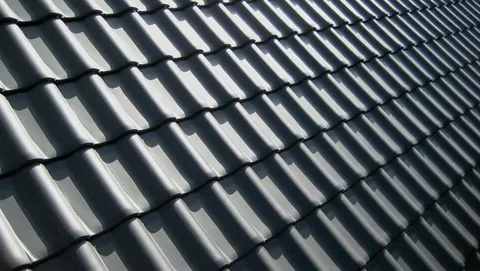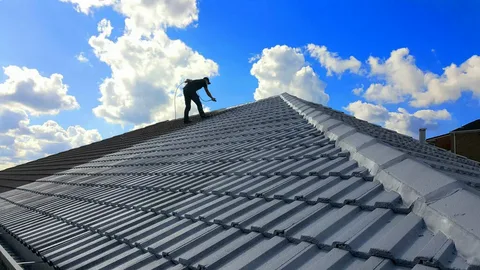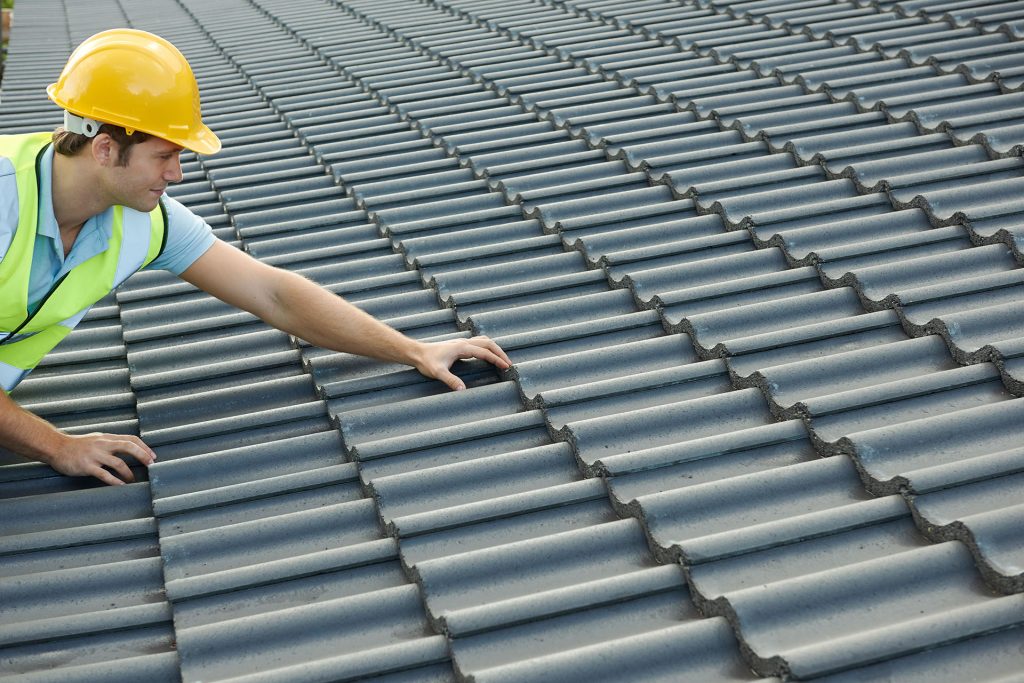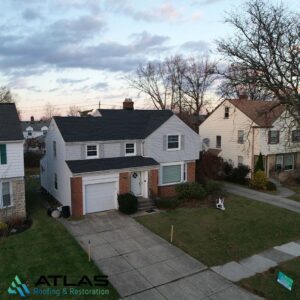In today’s commercial construction landscape, flat roofs are becoming more than just a trend—they’re fast becoming the standard. Whether it’s retail stores, warehouses, office buildings, or industrial facilities, flat roofing systems have captured the attention of architects, developers, and business owners alike. But what exactly is driving this shift? Why are more and more commercial properties turning to flat roofs as their go-to solution?
Let’s take a deep dive into the reasons behind this growing preference, and explore why flat roofs are reshaping the future of commercial construction.
The Rise of Flat Roofs in Modern Architecture
Traditionally, pitched roofs dominated the construction industry, especially in residential settings. However, commercial architecture has always been somewhat distinct in its priorities. It values functionality, ease of maintenance, long-term cost-effectiveness, and versatility over ornate aesthetics. This is where flat roofs excel.
With advancements in roofing materials, design innovations, and improved installation methods, flat roofs have evolved to meet the stringent demands of commercial infrastructure. As a result, we’re seeing a notable transition from sloped roofs to sleek, modern flat surfaces.
Cost-Effectiveness That Makes Sense
One of the most compelling reasons behind the popularity of flat roofs in commercial buildings is cost efficiency. The initial installation of a flat roof generally requires fewer materials and less labor compared to a pitched roof. Because the surface area is simpler and more accessible, the cost of installation is significantly reduced.
Moreover, maintenance and repairs are more affordable. Technicians can easily walk across a flat roof, diagnose problems, and make necessary fixes without the need for specialized safety equipment. For large commercial properties that span tens of thousands of square feet, these savings can be substantial over time.
Ease of Installation and Faster Timelines
Time is money in commercial construction. Project delays can lead to increased costs, missed opportunities, and operational setbacks. Flat roofs are quicker to install, which helps accelerate project timelines. Since the structural framework supporting a flat roof is simpler, builders can work more efficiently, and other trades—like HVAC or solar panel installers—can proceed with their work sooner.
For businesses eager to get up and running, the speed and simplicity of flat roof installation can be a game changer.
More Usable Space
Perhaps one of the most underappreciated advantages of flat roofing is the usable space it creates. In commercial buildings, the rooftop can become a valuable real estate extension. It can be used to house HVAC systems, solar panels, satellite dishes, or even transformed into a rooftop lounge or garden area, depending on the industry.

Pitched roofs, on the other hand, are often inaccessible and serve no real functional purpose beyond shedding water and snow. A flat roof, with the right design, can support a variety of operational or green initiatives, making it a practical and sustainable asset.
Ideal for Solar Panel Installation
As the commercial sector becomes more eco-conscious, the integration of renewable energy sources like solar power is becoming increasingly common. Flat roofs offer a perfect platform for solar panel arrays. Their expansive, unobstructed surfaces allow for optimal placement, and the angle of the panels can be adjusted with mounting systems to capture maximum sunlight.
This alignment not only enhances energy efficiency but also contributes to long-term cost savings—something every business aims for. It’s no wonder that commercial buildings aiming for LEED certification or net-zero goals often choose flat roofing systems.
Better Drainage Solutions Than You’d Think
A common misconception about flat roofs is that they collect water and lead to drainage issues. However, modern flat roofing systems are designed with subtle slopes—typically between 1/4 and 1/2 inch per foot—to guide water toward strategically placed drains, scuppers, or gutters.
Today’s flat roofs also incorporate advanced waterproof membranes like TPO (thermoplastic polyolefin), EPDM (ethylene propylene diene terpolymer), or modified bitumen, which offer strong resistance to water infiltration. These materials ensure that flat roofs, when properly installed and maintained, handle precipitation effectively and remain leak-free for decades.
Simplified Maintenance and Inspection
Routine inspections and maintenance are easier and safer on flat roofs than on pitched surfaces. Building owners or maintenance crews can walk the roof without specialized harnesses or fear of slipping. This accessibility allows for regular monitoring, quicker identification of issues, and more efficient repairs.
In addition, many flat roofs are built with longevity in mind. Materials like PVC and TPO can last up to 30 years with minimal maintenance, offering a strong return on investment. When repairs are needed, they’re often localized and cost-effective.
A Modern Look for Commercial Spaces
Beyond the functional advantages, flat roofs offer a sleek and modern aesthetic that aligns with contemporary commercial architecture. From a visual perspective, flat roofs create a clean, geometric appearance that complements glass facades and minimalist designs.
Businesses want to project a modern, professional image, and the architecture of their building plays a significant role in this branding. Flat roofs help convey that image of innovation and efficiency.
Supporting Green Building Initiatives
Sustainability is no longer optional—it’s a driving force in design and development. Flat roofs can be adapted to meet green building standards through the installation of green roofs, rainwater collection systems, or reflective coatings that reduce urban heat islands.
By supporting such features, flat roofs help commercial buildings reduce energy consumption, lower their environmental impact, and achieve sustainability certifications. These green credentials not only attract tenants and customers but also provide tax and financial incentives in many municipalities.
The Future of Commercial Roofing
As commercial buildings continue to evolve in response to economic, environmental, and technological pressures, flat roofs are poised to remain a dominant choice. Their adaptability, durability, and ability to support modern innovations make them a smart investment for virtually any commercial application.

From logistics centers and hospitals to office parks and retail complexes, the flat roof’s versatility meets the needs of both form and function. It’s a practical solution for the challenges of today—and an adaptable platform for the opportunities of tomorrow.
Trust the Experts: Atlas Roofing & Restoration
When it comes to commercial roofing solutions, choosing the right contractor makes all the difference. At Atlas Roofing & Restoration, we specialize in designing, installing, and maintaining flat roofing systems tailored to meet the unique needs of your commercial property. With years of hands-on experience and a commitment to quality craftsmanship, we ensure your roof is built to perform and protect—year after year.
Whether you’re starting a new construction project or replacing an aging roof, our team will guide you through every step with transparency, efficiency, and expertise. If you’re considering a flat roof for your business, there’s no better partner than Atlas Roofing & Restoration.
Reach out to us today to learn more about how we can bring the benefits of flat roofing to your next commercial build.




